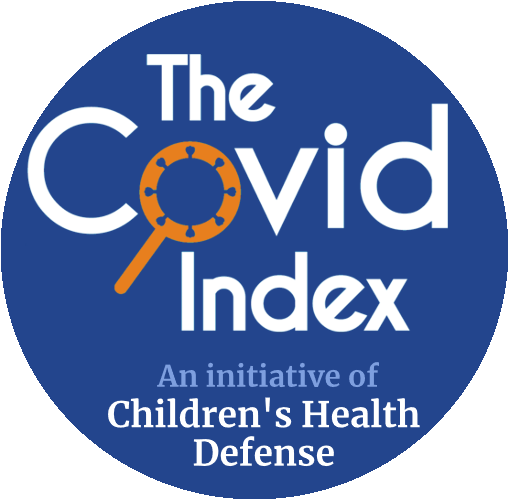"2.1 Study Design
An online questionnaire survey was conducted at Hiroshima University and Hiroshima University Hospital from July 15 to 19 for the first dose of vaccine and from August 19 to 22, 2021 for the second dose of vaccine. The survey was conducted in conjunction with mass vaccination conducted at Hiroshima University and Hiroshima University Hospital. The 6059 staff and 15,347 students at Hiroshima University and Hiroshima University Hospital were asked to take part in a self-reported online questionnaire survey (created using Microsoft Forms) to report any adverse reactions regardless of the number of doses that they had received at the time of completing the questionnaire. Participation in this study was voluntary, and the participants received no financial compensation to minimize the risks of response bias and performance bias.
Although the ChAdOx1 nCoV-19 (AstraZeneca-Oxford) was approved in May 2021, it had not yet been deployed on a large scale in Japan at the time of the study. Therefore, the data of all individuals who had received two doses of either the BNT162b2 vaccine or the mRNA-1273 vaccine were selected for analysis...
4 Discussion
This study showed that the incidence of adverse reactions to the first and second doses of the BNT162b2 and mRNA-1273 vaccines in the Japanese population, based on self-report. For both the BNT162b2 and mRNA-1273 vaccines, almost all systemic reactions were significantly more frequent in females than in males, in the younger age group (<50 years) than in the older age group (≥50 years), and after the second dose. These results are generally consistent with the results of previous studies...
In this study, after adjusting for age and sex, individuals vaccinated with a second dose of the mRNA-1273 vaccine were more likely to experience local and systemic side effects other than diarrhea, than those vaccinated with a second dose of the BNT162b2 vaccine. This result is consistent with the results observed in a previous study conducted in the US."
© 2022 Japanese Society of Chemotherapy and The Japanese Association for Infectious Diseases. Published by Elsevier Ltd.
This is an open access article distributed under the terms of the Creative Commons CC-BY license, which permits unrestricted use, distribution, and reproduction in any medium, provided the original work is properly cited.
You are not required to obtain permission to reuse this article.
